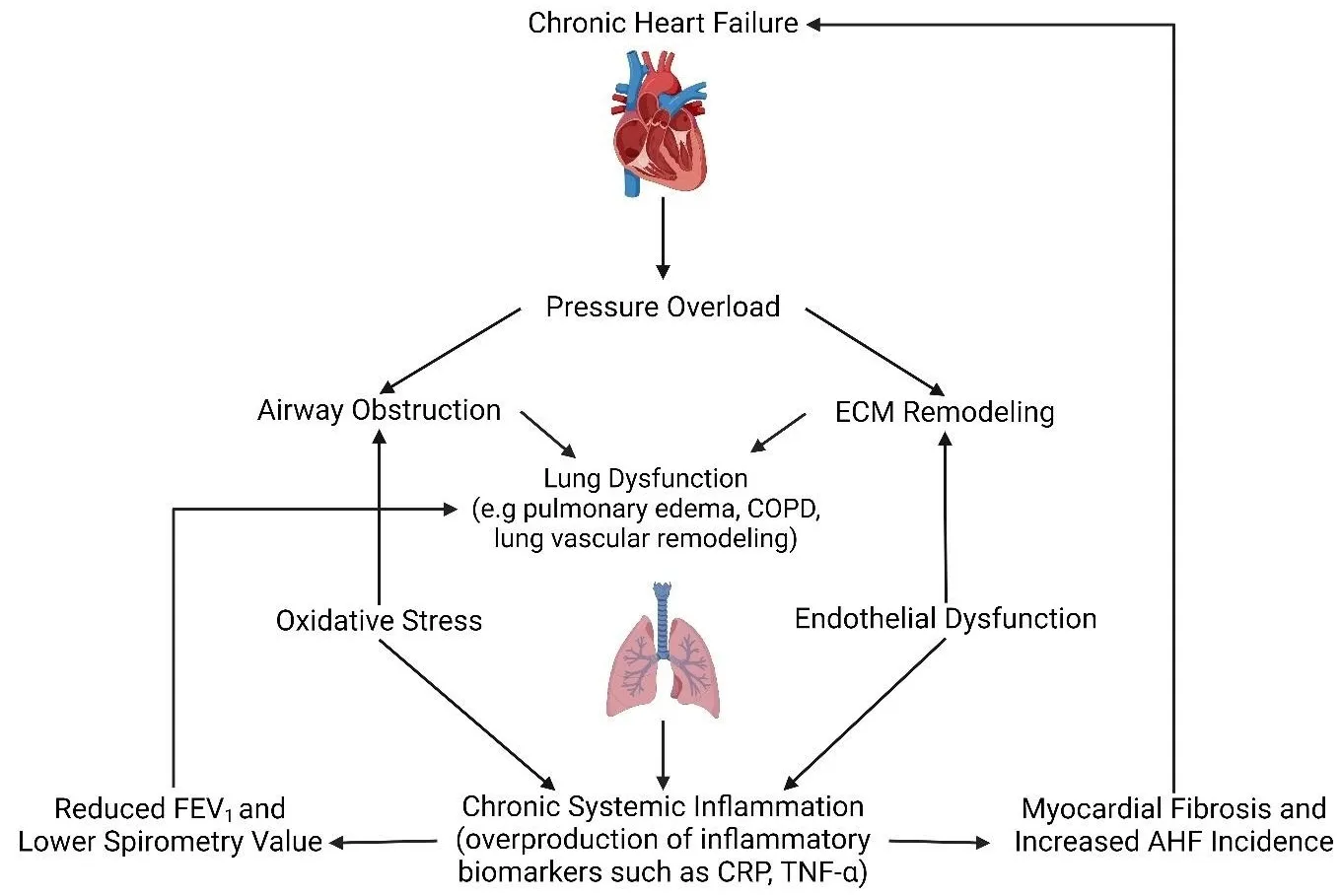Found 469 results
Open Access
Article
23 December 2024The Influence Mechanism and Test of Transformation for Cultivated Land Use on the Economic Resilience of Agricultural Crop Production Industry
Under the current multiple impacts, such as tightening resource and environmental constraints, low agricultural economic benefits and rural labor loss, improving the resilience of the planting economy has become the only way to ensure China’s food security and the stable operation of the social economy. As an important way of agricultural production factor, the transformation of cultivated land has a great influence on the development of the agricultural crop production industry. Based on the elaboration of the logical relationship and influence mechanism of the economic resilience of the agricultural crop production industry, the effect and regional differences of the economic resilience of the agricultural crop production industry are empirically tested by a double fixed regression model. It is found that the economic resilience level of the agricultural crop production industry in China is on the rise, but the regional differences are obvious; the transformation for cultivated land use can significantly promote the economic resilience level of agricultural crop production industry and the results are stable; there is regional and dimensional heterogeneity in the impact of cultivated land use transformation on the economic resilience of agricultural crop production industry. Based on this, we can promote the transformation of cultivated land use from three aspects: production, life, and ecology. Especially, attention should be paid to the orderly promotion of the transformation of farmland utilization in the main grain-producing areas and the improvement of the economic resilience of the agricultural crop production industry. Consolidate regional advantages while driving the improvement of economic resilience in the main grain sales areas’ agricultural crop production industry to achieve the goal of sustainable and stable development of China’s agricultural crop production industry.

Open Access
Article
20 December 2024Preparation of a New Shape-Stable Phase-Change Material Based on Expanded Perlite, Paraffin, Epoxy, Copper and High-Density Polyethylene
Phase change materials (PCMs) face challenges such as low thermal conductivity and leakage, often addressed through attempts at encapsulation or integration into polymer matrices or porous materials. This study uses expanded perlite to prepare a PCM composite. The perlite is treated with hydrochloric acid to remove impurities and improve its absorption, then impregnated with paraffin at 65 °C, with the addition of copper to enhance thermal conductivity. After drying, the material was coated with epoxy resin to prevent leakage and mixed with high-density polyethylene (HDPE) to improve its mechanical strength and facilitate integration with other materials. Characterization techniques, including differential scanning calorimetry (DSC), thermogravimetric analysis (TGA), and scanning electron microscopy (SEM), evaluate the structure and properties of the composite. TGA results show that acid treatment increases paraffin absorption to 80% by weight, while weight loss tests confirm the effectiveness of the epoxy coating against leaks. A decrease in melting temperatures was observed in all HDPE blends, ranging from 4.72 °C to 9.58 °C, likely due to the integrated elements interfering with the reorganization of the molecular chains of HDPE. Although the preparation improved thermal conductivity, thermal tests revealed that increasing the (perlite/PCM) phase in HDPE is essential for further optimization, highlighting the potential of the composite as an effective energy storage solution for sustainable systems.
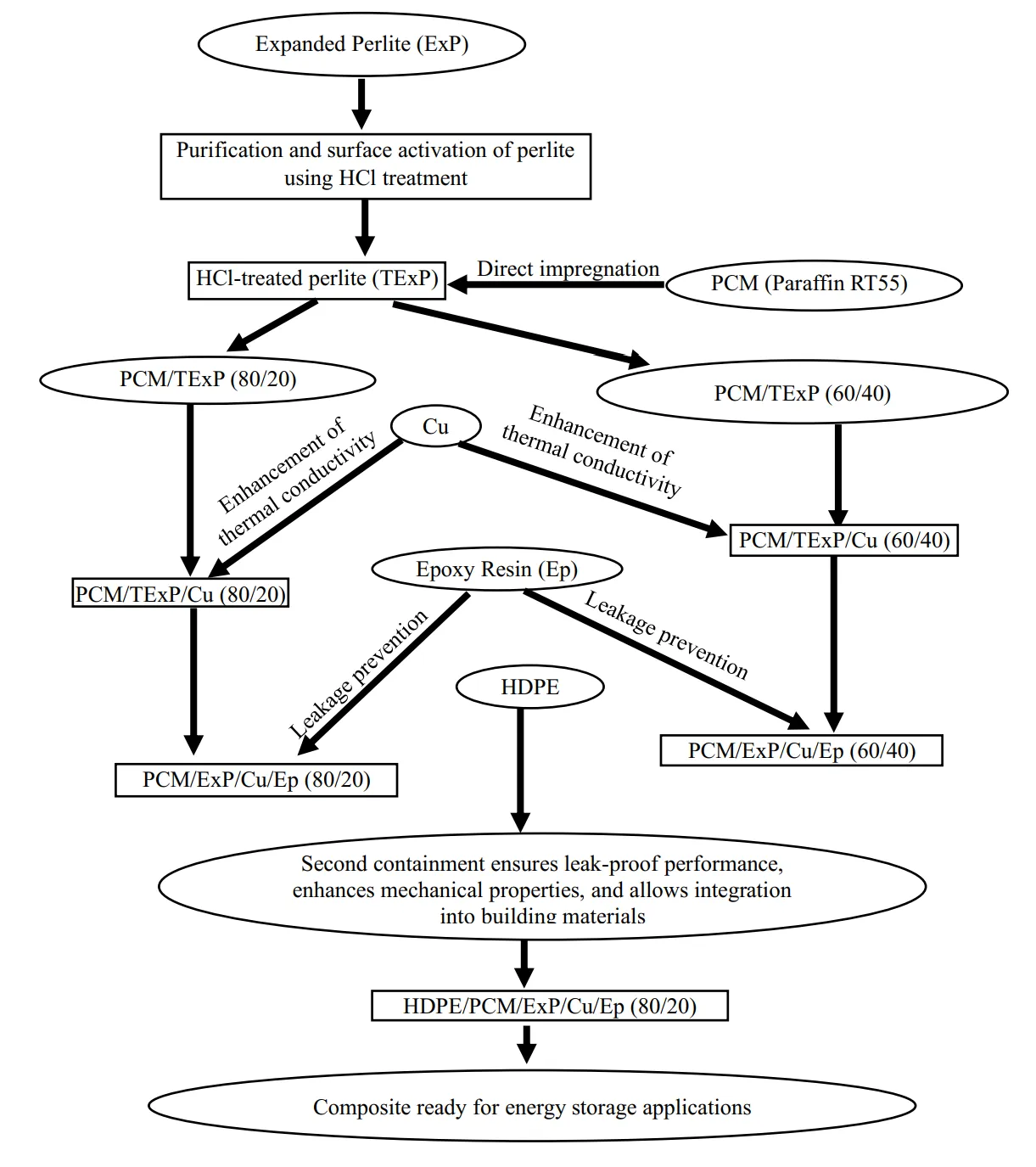
Open Access
Article
18 December 2024EU Energy Law: Insufficient for the 1.5-Degree Celsius Limit—The Examples of EU Emissions Trading and Hydrogen Policies
This article examines the extent to which the current EU climate protection law fulfils the 1.5-degree limit from Article 2 of the Paris Climate Agreement. To this end, a qualitative governance analysis is applied. On this methodological basis, the main instrument for fossil phasing-out—the emissions trading scheme—and the promotion of hydrogen are discussed as examples. The results show that the EU must further intensify its efforts on its territory and cooperate with other countries since the reformed ETS 1 and ETS 2, the SCF and the CBAM are not sufficiently effective to stay within the 1.5-degree limit of the Paris Agreement. This is also the case with regard to hydrogen policies. The primary focus of energy law on the ETS is therefore fundamentally convincing; however, it should be implemented more consistently, for example, in terms of the breadth of the approach, closing loopholes and the level of ambition.
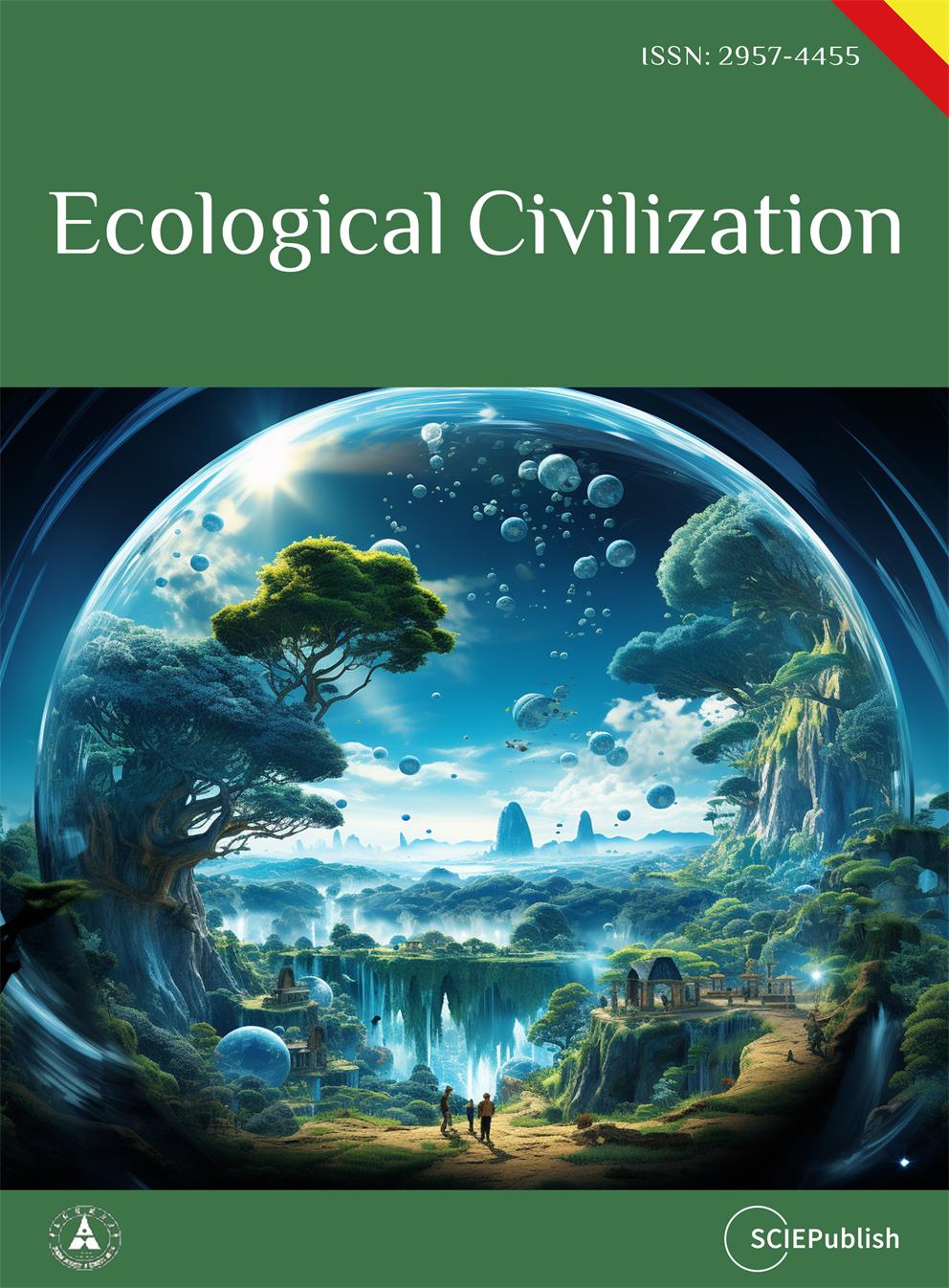
Open Access
Article
16 December 2024Exploring the Values of Sustainability and the Cost of Going Green: A Case of Building Research Establishment Environmental Assessment Method (BREEAM)
Despite the expansion of BREEAM and the benefits of adopting sustainable building practices, there are concerns that the cost of going green may outweigh the benefits. Whilst previous studies have not provided adequate clarity in this regard, there is consensus among scholars that BREEAM provides indirect benefits that can be considered as added value. This paper aims to investigate the potential cost implication and benefits of sustainable building practices from the lens of the Building Research Establishment Environmental Assessment Method (BREEAM) in the UK. Adopting survey research strategy, questionnaires, and interviews with 34 construction industry professionals in Southeast England were conducted to investigate their perceptions of BREEAM, the extra value it contributes to projects, and the possible limitations hindering its wider adoption. Findings show that while there is an upfront investment associated with achieving BREEAM certification, the benefits of such certification include added values such as improved environmental performance, increased market appeal, improved indoor air quality, reduced carbon emissions, and lower operational costs. This study validates the need to encourage wider adoption of sustainable building practices and promote the use of the BREEAM methodology in the UK. This research provides a foundation for future research and development in this area, with the goal of reducing carbon emissions and promoting sustainable development.

Open Access
Research Highlight
13 December 2024F-ZrO2 Based, Solar Driven Photocatalytic Production of High-Purity CO from Formic Acid
High-purity carbon monoxide is crucial for various industrial applications, but current production methods are costly and require complex purification steps. A photothermal approach has been explored for producing high-purity carbon monoxide from formic acid, optimizing conditions to favor the dehydration pathway and minimizing hydrogen contamination. Using zirconium dioxide-based catalysts and sunlight-driven processes enhances efficiency, achieving high-purity carbon monoxide with reduced hydrogen by-products. The photothermal technique offers a promising, sustainable method for high-purity carbon monoxide production from formic acid, which could significantly reduce industrial costs and environmental impact.
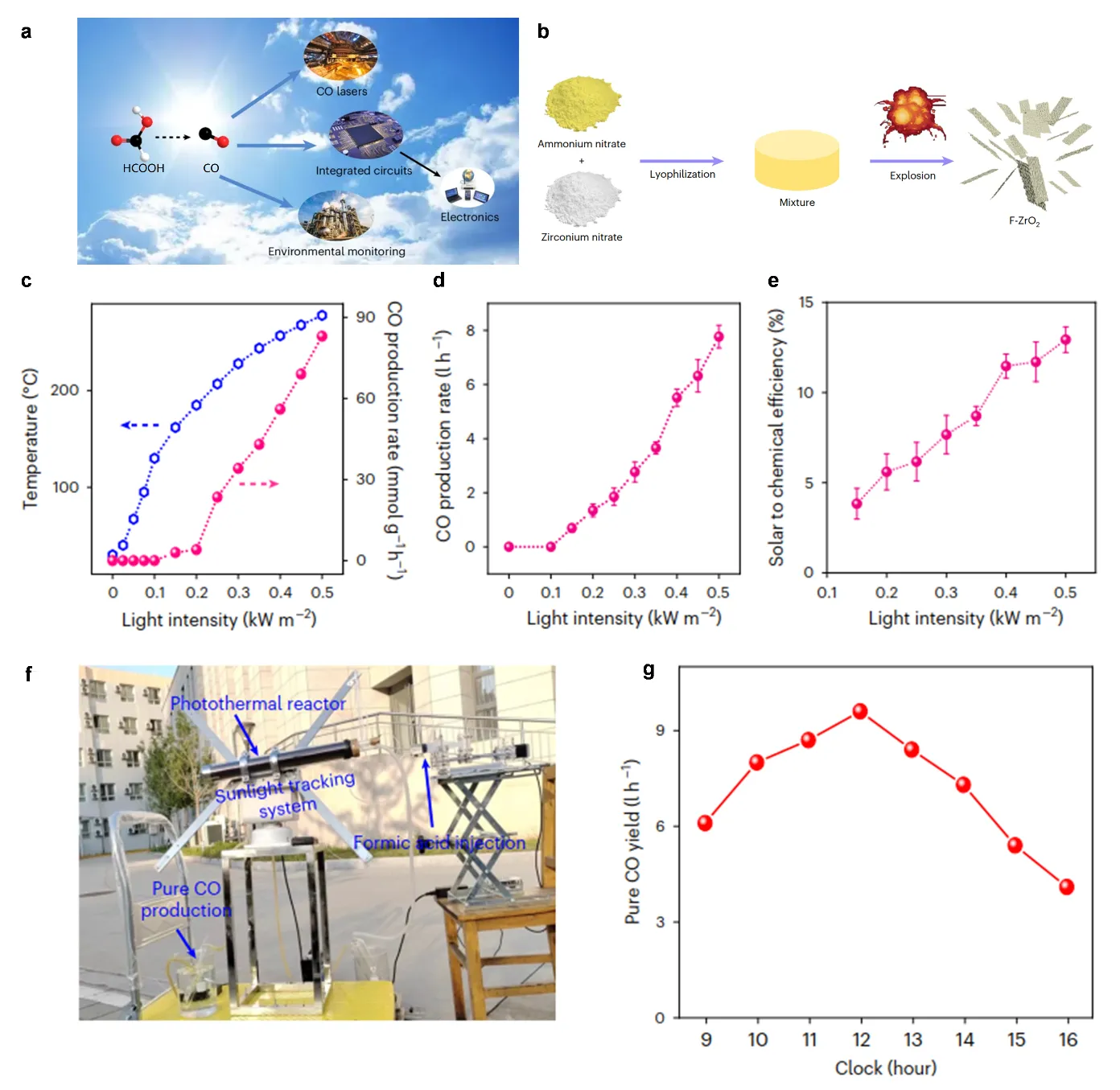
Open Access
Article
12 December 2024Adsorption of Bisphenol A and 2,6-Dichlorophenol in Water Using Magnetic Phosphogypsum Composite Materials
Phenolic pollutants in water bodies pose a huge threat to human health and environmental safety. In this paper, a hydrophobicity-enhanced magnetic C-SiO2/MPG composite was prepared by a two-step method to remove bisphenol A (BPA)and 2,6-dichlorophenol (2,6-DCP), typical phenolic trace pollutants in livestock wastewater and natural water bodies. The results of pH gradient experiments showed that C-SiO2/MPG showed a stable removal effect on BPA in the pH range of 2–11. The adsorption of 2,6-DCP by C-SiO2/MPG peaked at pH = 2, while the adsorption of 2,6-DCP by C-SiO2/MPG was severely inhibited under alkaline conditions. The PSO kinetic model and the Langmuir isotherm model can better describe the adsorption process of BPA and 2,6-DCP on C-SiO2/MPG, indicating that the monolayer chemical adsorption has a rate-controlling step. With the Langmuir equation fitting, the maximum adsorption capacity of C-SiO2/MPG for BPA and 2,6-DCP at 298 K was calculated to be 561.79 mg/g and 531.91 mg/g, respectively. The results of adsorption thermodynamics indicated that the adsorption of BPA and 2,6-DCP on C-SiO2/MPG was spontaneous, accompanied by a process of entropy decrease. C-SiO2/MPG showed good environmental resistance and repeated use stability for BPA and 2,6-DCP in electrolyte ion interference, actual water samples and cycle experiments. Mechanism analysis showed that the adsorption of BPA and 2,6-DCP on C-SiO2/MPG was mainly controlled by hydrogen bonding and hydrophobic interactions. This study designed an efficient adsorbent for phenolic pollutants that can be used in actual wastewater and broadened the resource utilization of industrial waste phosphogypsm.

Open Access
Article
10 December 2024Sailing the X.0 Wave Theory: Navigating the Future of Civilization
This paper delves into the X.0 Wave/Tomorrow Age Theory, a comprehensive framework conceived, invented, introduced, and developed by Prof. Dr. Hamid Mattiello between 2010 and 2017, to analyze the evolution of human civilization through distinct epochs of knowledge, technology, and business (KTB). The theory segments history into transformative waves, from the first development (X.0 ≤ 1.0) and Agricultural Age (X.0 = 1.0) and the X.0 Wave/Tomorrow Age Theory (2.1 ≤ X.0 ≤ 2.2) spanning the 17th Century to 1870, to the current Age of Artificial Intelligence (X.0 = 4.0). It also projects into the anticipated Human Age (X.0 = 5.0) and Transhuman Age (X.0 = 6.0) and beyond (6.0 ≤ X.0). Each wave represents a revolutionary phase characterized by significant advancements that shape societies, industries, and technologies. The X.0 Wave Theory integrates these historical phases with the Seven Pillars of Sustainability (7PS) to evaluate their societal impacts. The paper explores how these waves influence future developments by examining historical roots, emerging technological paradigms, and socio-economic dynamics. It examines how advancements in AI, biotechnology, and virtual reality are reshaping industries and global business practices, while also addressing the ethical and sustainability considerations essential for navigating these changes. By forecasting future trends, confronting current challenges, and preparing for potential crises, the X.0 Wave Theory offers a robust framework for understanding and adapting to the rapid pace of technological evolution. This paper provides deep insights into how these transformative waves shape our past, present, and future, offering valuable perspectives for navigating the complexities of an increasingly digital and interconnected world.
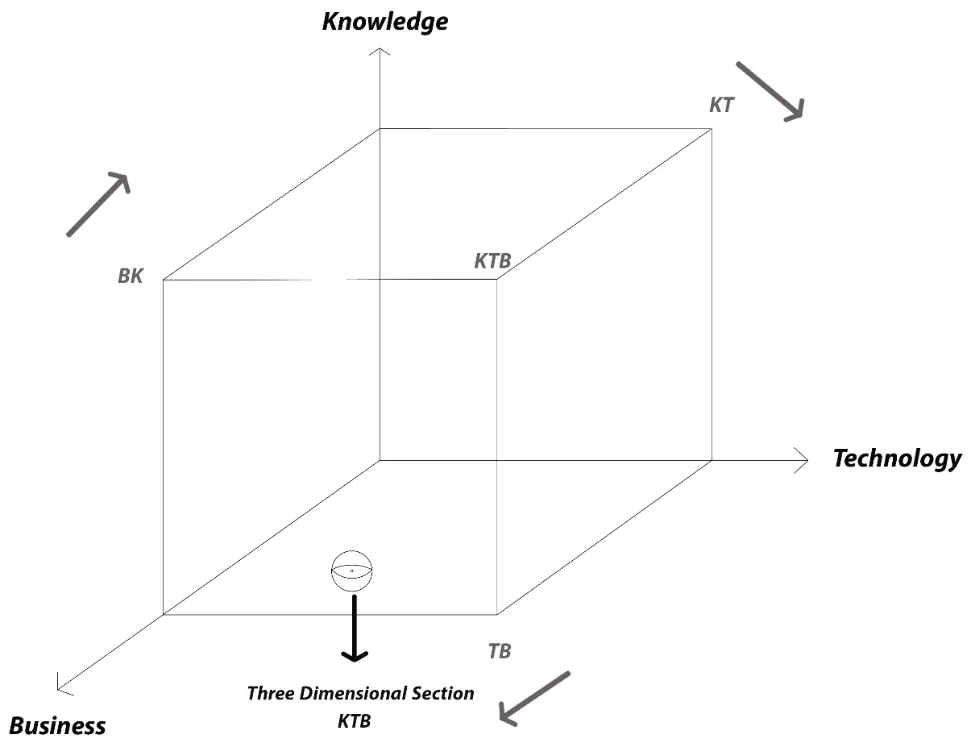
Open Access
Review
09 December 2024The Multifaceted Roles of Neutrophil Death in COPD and Lung Cancer
Chronic obstructive pulmonary disease (COPD) and lung cancer are closely linked, with individuals suffering from COPD at a significantly higher risk of developing lung cancer. The mechanisms driving this increased risk are multifaceted, involving genomic instability, immune dysregulation, and alterations in the lung environment. Neutrophils, the most abundant myeloid cells in human blood, have emerged as critical regulators of inflammation in both COPD and lung cancer. Despite their short lifespan, neutrophils contribute to disease progression through various forms of programmed cell death, including apoptosis, necroptosis, ferroptosis, pyroptosis, and NETosis, a form of neutrophil death with neutrophil extracellular traps (NETs) formation. These distinct death pathways affect inflammatory responses, tissue remodeling, and disease progression in COPD and lung cancer. This review provides an in-depth exploration of the mechanisms regulating neutrophil death, the interplay between various cell death pathways, and their influence on disease progression. Additionally, we highlight emerging therapeutic approaches aimed at targeting neutrophil death pathways, presenting promising new interventions to enhance treatment outcomes in COPD and lung cancer.
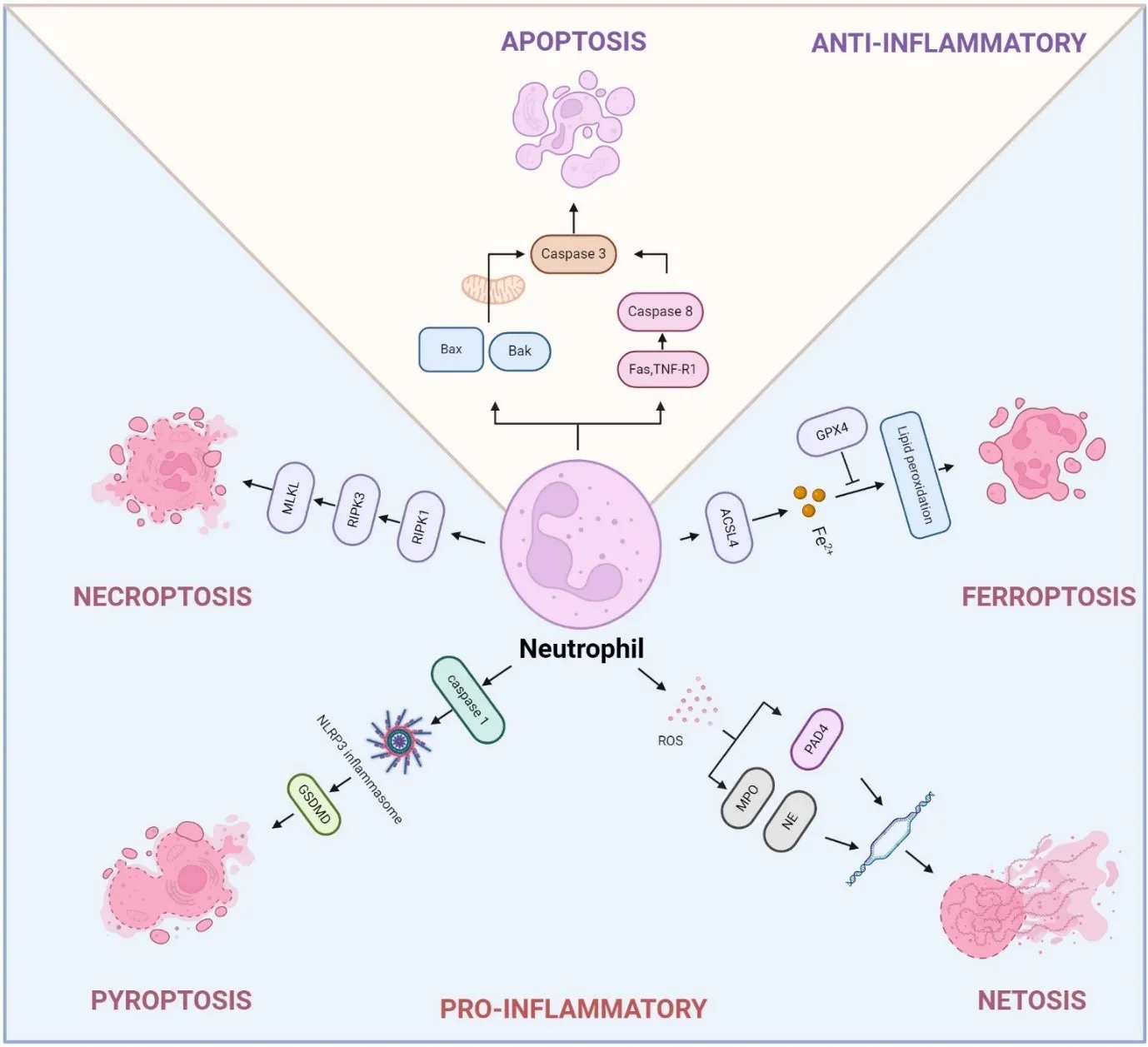
Open Access
Article
03 December 2024Pathway Engineering of E. coli for Production of Fritschiellaxanthin and Other Carotenoids with α-Carotene Backbone and Their Singlet Oxygen-Quenching Activities
Some photosynthetic organisms are capable of biosynthesizing carotenoids (xanthophylls) with α-carotene backbone, that is, α-carotene-derived carotenoids, such as (3R,3′R,6′R)-3,3′-dihydroxy α-carotene (lutein). Except for lutein, such carotenoids are minor compounds in nature. In this study, α-carotene-derived carotenoids were produced with E. coli. To achieve this, carotenoid biosynthesis genes from the bacterium Pantoea ananatis containing the 4-β-ketolase (crtW) gene with/without the 3-β-hydroxylase (crtZ) gene, in addition to crtEBI genes, and biosynthesis genes (MpLCYb, MpLCYe, and MpCYP97C) from liverwort Marchantia polymorpha, along with the HpIDI gene, were cloned into plasmids. The transformed E. coli cells biosynthesized (3S,3′R,6′R)-3,3′-dihydroxy-4-keto-α-carotene (fritschiellaxanthin (4-ketolutein)), (3′R,6′R)-3′-hydroxy-4-keto-α-carotene (4-keto-α-cryptoxanthin), and (3′R,6′R)-3′-hydroxy-α-carotene (α-cryptoxanthin), as carotenoids that have not been produced by a heterologous microbial system so far. These carotenoids show potent singlet oxygen-quenching activity.

Open Access
Review
02 December 2024The Interplay of Heart Failure and Lung Disease: Clinical Correlations, Mechanisms, and Therapeutic Implications
Heart failure (HF) is a common clinical syndrome marked by reduced cardiac output, elevated intracardiac pressures, and heart dysfunction. Chronic HF (CHF) is a syndrome characterized by a lack of blood flow and impaired pumping ability to the heart over time, while acute HF (AHF) arises suddenly due to incidents like myocardial infarction or cardiac arrest. HF has a significant impact on pulmonary health and function, leading to conditions such as pulmonary edema and restrictive lung patterns. Clinical evidence highlights the bidirectional relationship between HF and lung dysfunction. Declining lung function serves as a predictor for HF progression and severity, while HF contributes to worsening lung health. Animal models that induce HF through surgical methods further demonstrate the connection between heart and lung pathology. The main mechanisms linking HF and lung dysfunction are pressure overload and chronic systemic inflammation, with changes in the extracellular matrix (ECM) also playing a role. Additionally, environmental factors like air pollution exacerbate lung inflammation, increasing the risk of both HF and chronic obstructive pulmonary disease (COPD) incidence. Combined treatment approaches involving pharmaceutical drugs such as statins, Angiotensin-converting enzyme (ACE) inhibitors, and Angiotensin receptor blockers (ARBs) may benefit by reducing inflammation. This review will explore the complex interplay between HF and lung function, emphasizing their interconnected pathophysiology and potential integrated treatment strategies.
